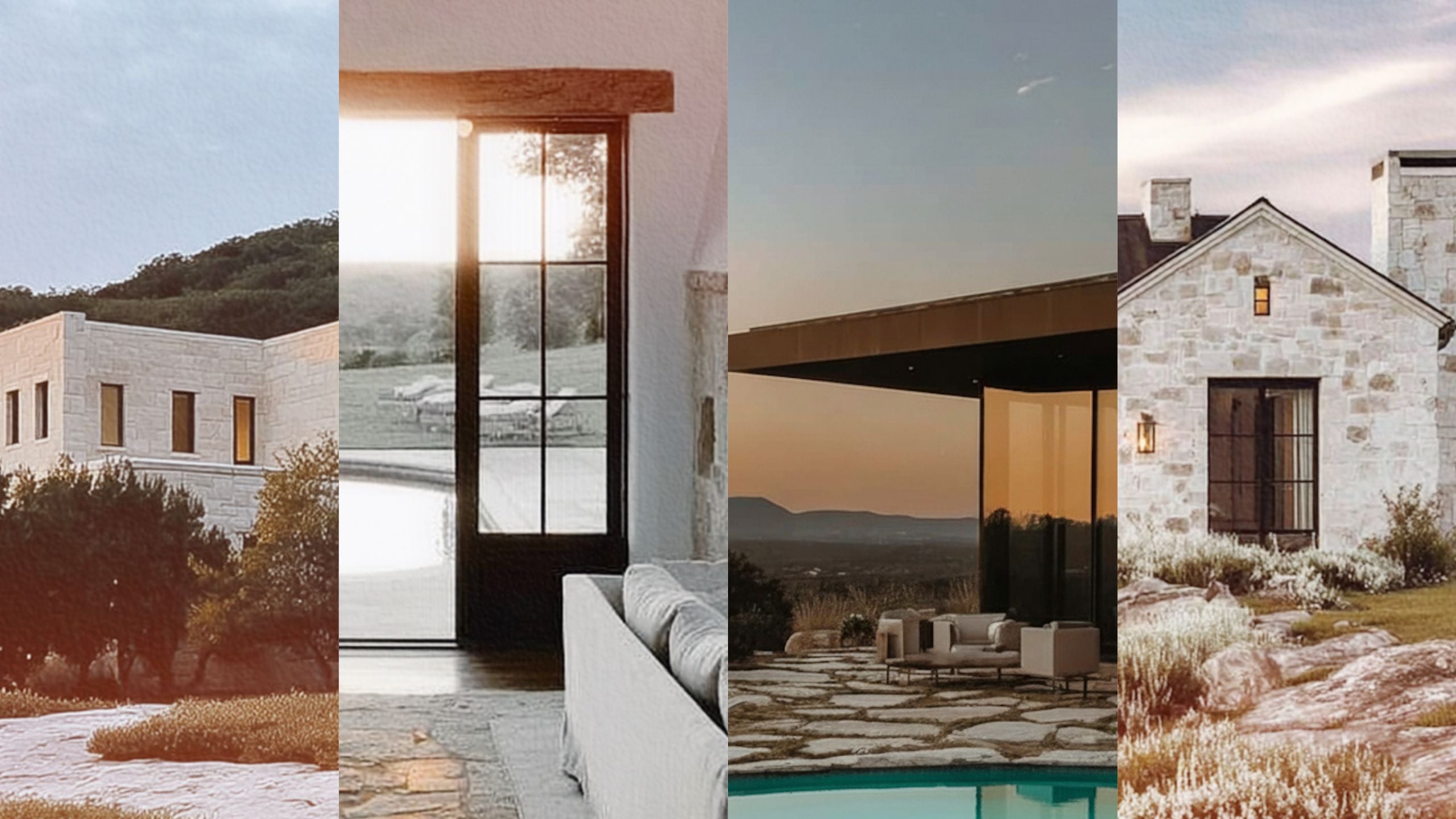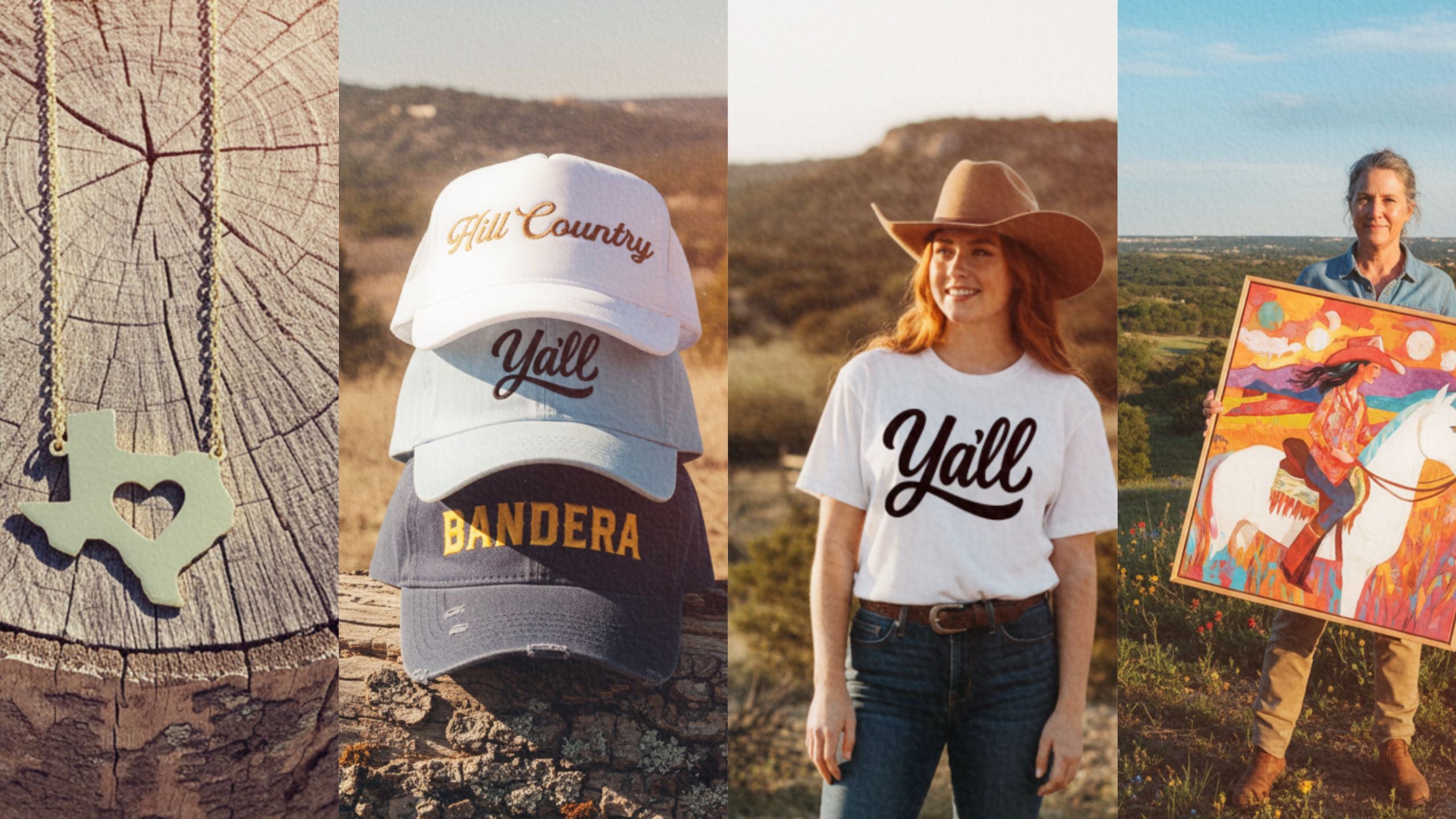Creating Your Dream Koi Pond in Texas Hill Country: A Complete Guide
There's something almost magical about the gentle ripple of water across limestone and the flash of vibrant koi gliding beneath water lilies. In the stunning landscapes of Texas Hill Country, a koi pond transforms your outdoor space into something truly special – a peaceful retreat that celebrates both beauty and nature.
These living water features do far more than just enhance your property's aesthetic appeal. They create a therapeutic environment where you can unwind after a long day, entertain friends on warm summer evenings, or simply connect with nature over morning coffee. As the team at Backyard Brothers Texas often tells their clients, a properly designed koi pond becomes more than just a water feature—it becomes the heart of your outdoor living space.
The Magic of Koi Ponds in Hill Country
The Texas Hill Country, with its undulating topography and challenging climate, offers unique opportunities for koi pond enthusiasts. The natural limestone formations that define our region provide perfect elements to incorporate into pond designs that feel as though they've always been part of the landscape.
A well-designed koi pond delivers benefits that extend beyond simple aesthetics. The gentle sound of moving water creates a calming atmosphere that melts away stress and promotes relaxation – something we could all use more of these days. Many homeowners are surprised to learn that a thoughtfully implemented water feature can significantly enhance property value, becoming a key selling point that distinguishes a home from others on the market.
These aquatic ecosystems also create microhabitats that attract beneficial wildlife like dragonflies, songbirds, and pollinators. When designed with sustainability in mind, properly built ecosystem ponds actually contribute to local biodiversity and can help conserve water. And of course, there's the living art – the koi themselves. With their vibrant colors and graceful movements, these living jewels provide ever-changing entertainment that connects you to the rhythms of nature.

Koi Pond Essentials for Hill Country Success
Before breaking ground, it's important to understand the key components that make for a successful koi pond in our unique region.
Finding the Perfect Spot
Choosing the right location for your koi pond requires careful consideration. Many homeowners make the common mistake of placing their pond in an unused corner of the yard, only to realize they rarely visit that area to enjoy it. The professionals at Backyard Brothers Texas recommend placing your pond where it can be enjoyed from multiple vantage points, including from inside your home. The idea is to integrate the water feature into your living space, not isolate it.
In our Texas sun, partial shade is ideal – about 4-6 hours of sunlight daily provides enough light for plants while preventing excessive algae growth and keeping water temperatures moderate. While nearby trees provide welcome shade, be cautious about placement directly under them; falling leaves, sap, and invasive roots can create ongoing maintenance headaches you'll want to avoid.
Consider practical matters too: access to water and electrical sources for pumps and filtration systems will make installation and maintenance much easier. And whenever possible, work with, rather than against, the natural contours of your property for a more integrated design that feels like it belongs.
Size and Depth Matters
When it comes to koi health and pond stability, size really does matter. For healthy koi, you'll want at least 1,000 gallons with a surface area of at least 6' x 9'. Remember that these fish can grow up to three feet long, so adequate space is essential – plan for about 250-300 gallons per adult koi.
Depth is particularly important in our Hill Country climate. A depth of at least three feet protects koi from extreme temperatures and predators like herons. Those deeper areas provide cool refuges during our scorching Texas summers when shallow water can quickly become too warm for comfort – both yours and the fish's.
Design Options That Shine in the Hill Country
Natural ecosystem ponds mimic the waterholes and streams found throughout the Hill Country, incorporating limestone outcroppings, native plants, and natural filtration systems. These designs blend seamlessly with the surrounding landscape and typically require less maintenance than more formal approaches.
For those with contemporary homes, formal architectural ponds with clean lines and geometric shapes create striking focal points. These designs often feature raised walls, underwater lighting, and structured plantings that complement modern architecture.
Japanese-inspired designs draw on centuries of koi pond tradition, emphasizing harmony, simplicity, and contemplation. These tranquil spaces typically incorporate elements like stepping stones, Japanese maples (where they can be sheltered from our afternoon sun), and carefully placed rocks.
Many homeowners in the region opt for hybrid designs that blend elements from multiple styles to create custom solutions respecting both the architectural style of the home and the natural environment of the Hill Country.
Materials That Work in Our Region
The limestone that gives the Hill Country its distinctive character also provides perfect material for pond construction. This quintessential local stone offers natural beauty that ages gracefully and is available in various colors from cream to golden tan. Sandstone provides earthy tones and interesting textures for a more naturalistic approach, while flagstone creates perfect natural-looking shelves, steps, and pond edges.
For liners, most professionals recommend EPDM rubber liners (45-60 mil thickness) for their longevity and UV resistance in our intense sunlight. While preformed shells can work for smaller projects, they limit design options. Concrete offers permanence but costs significantly more and requires proper sealing to prevent leaching that can harm fish.
A proper filtration system isn't optional – it's essential for koi health and water clarity. Your system should include both mechanical filtration to remove debris and biological filtration to convert toxic ammonia from fish waste into safer compounds. In our Texas summers, aeration becomes critical to maintain oxygen levels. A good rule of thumb: your filtration system should turn over the entire pond volume at least once per hour.
Plants That Thrive in Hill Country Ponds
Aquatic plants aren't just beautiful – they're functional components that help filter water while providing shade and oxygen. Water lilies, with their stunning blooms and broad leaves, offer shade while adding dramatic color. For pond edges, Texas star hibiscus, Louisiana iris, and giant spider lily thrive in our climate.
Don't forget submerged oxygenators like anacharis and hornwort that remain mostly invisible but do tremendous work maintaining water quality. The surrounding landscape deserves attention too – muhly grass, Gulf muhly, Mexican feather grass, and American beautyberry all complement water features beautifully while standing up to our challenging conditions.
Adapting to Hill Country Challenges
In our drought-prone region, water conservation isn't just environmentally responsible – it's often mandated. Proper pond design with appropriate depth, shade, and circulation minimizes water loss. Consider connecting rainwater harvesting systems to supplement pond water during dry periods.
Be aware that Texas water laws may require permits depending on how your pond is filled. It's worth checking with local groundwater conservation districts for requirements before you start. Our climate demands special considerations: summer heat requires shade, depth, and efficient aeration, while occasional winter freezes, though less severe than in northern climates, still require strategies to prevent the surface from completely icing over.
Selecting and Caring for Koi
When adding fish to your pond, start with smaller, younger koi from reputable dealers. Look for bright colors, active swimming, and no visible parasites or injuries. Always quarantine new fish before adding them to an established pond – a few weeks of separation can prevent disease from spreading to your existing collection.
Feeding practices need seasonal adjustments in our variable climate. Reduce or eliminate feeding when water temperatures drop below 50°F, and use high-quality food specifically formulated for koi during active seasons. Follow the general rule of 10 inches of fish per 100 gallons to prevent overcrowding, and remember that koi grow throughout their lives and can live for decades. That cute six-inch fish might be a foot long next year!

The Professional Advantage
Creating a successful koi pond in the unique environment of Texas Hill Country often requires specialized knowledge and experience. Local go-to's like Backyard Brothers Texas understand how to work with our challenging limestone and clay soils, which filtration systems perform best in the Texas climate, and how to create natural-looking designs that complement Hill Country aesthetics.
As a locally-owned company, they've developed techniques specifically for the unique conditions we face. Their ecosystem approach creates sustainable, beautiful ponds that thrive year after year while requiring minimal maintenance and chemical intervention. While DIY approaches may seem cost-effective initially, professional installation often provides better long-term value through proper construction techniques, appropriately sized equipment, and designs that minimize maintenance costs over time.
Professionally installed ecosystem ponds in the Texas Hill Country typically start around $18,000, with costs varying based on size, materials, filtration systems, design complexity, and site conditions. While not inexpensive, the value of a properly constructed pond continues to appreciate as it matures and becomes more integrated with your landscape.
The Rewards of Pond Ownership
A koi pond is more than just a water feature—it's a living ecosystem that brings movement, sound, and life to your outdoor space. In the unique setting of Texas Hill Country, a properly designed pond becomes a natural extension of the landscape, creating harmony between your home and the surrounding environment.
Whether you're looking for a serene retreat, a stunning focal point, or a family-friendly water feature, a thoughtfully designed koi pond will provide years of enjoyment and connection to nature. There's something deeply satisfying about watching a great blue heron delicately stepping along the edge of your pond at dawn, or observing koi come to recognize your approach at feeding time. These moments of connection to the natural world provide a counterbalance to our increasingly digital lives – something we could all use more of these days.
For those interested in exploring how an ecosystem approach to pond design can transform a Hill Country property into a sustainable, beautiful oasis, the team at Backyard Brothers Texas (backyardbrotherstx.com) offers consultations that help homeowners understand the possibilities for their specific location and needs.

References / Resources
-
Texas Commission on Environmental Quality. "Water Conservation." Retrieved from https://www.tceq.texas.gov/response/drought/conservation.html
-
Nielsen-Gammon, J. et al. (2020). "Unprecedented Drought Challenges for Texas Water Resources in a Changing Climate: What Do Researchers and Stakeholders Need to Know?" Earth's Future, Wiley Online Library.
-
Hill Country Alliance. "Drought." Retrieved from https://hillcountryalliance.org/our-work/water-resources/drought/
-
Texas A&M AgriLife Extension Service. "Aquaculture, Fisheries and Pond Management." Retrieved from https://agrilifeextension.tamu.edu/asset-local/aquaculture-fisheries-and-pond-management/
-
Hill Country Underground Water Conservation District. "Water Conservation Measures." Retrieved from https://hcuwcd.org/
-
Texas Parks and Wildlife Department. (2009). "Texas Drought Takes Toll on Springs, Rivers, Lakes, Bays." Retrieved from https://tpwd.texas.gov/newsmedia/releases/?req=20090730a
-
Texas Landowners Association. "Texas Water Law: A Pond to Call My Own." Retrieved from https://landassociation.org/texas-water-law-a-pond-to-call-my-own/












0 comments